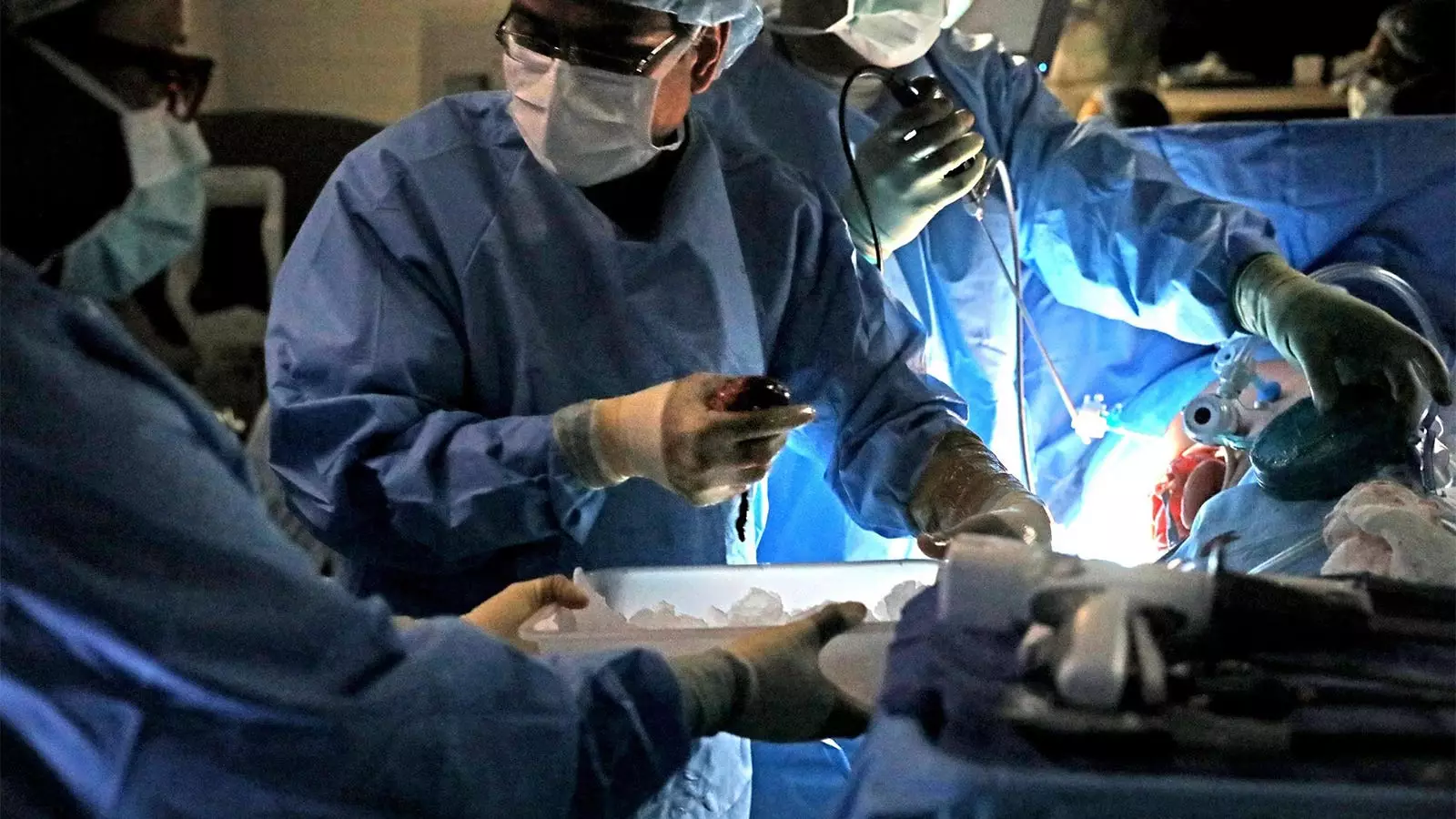In a world where medical advancements have reached unprecedented heights, many still find themselves grappling with diseases that, when left untreated, can lead to dire consequences. Such was the circumstance for Simon*, who was taken aback by the frail appearance of his closest friend, Andre*. Their reunion after a few months apart—largely due to Simon’s work in other locations—revealed the extent of Andre’s struggles. With a recent diagnosis of kidney disease, Andre’s health had dramatically deteriorated as he began to undergo dialysis treatments. The urgency for a kidney transplant became apparent, but the waiting list stretched on dauntingly, leaving Andre’s future hanging in the balance.
Moved by the situation, Simon stepped forward with breathtaking altruism: he offered to donate one of his kidneys. Initial tests confirmed that Simon was a compatible donor, and his healthcare team approved the procedure. Yet, despite this heroic decision, upon soliciting time off from work, Simon was met with the startling news that his employers could not provide unpaid leave. Faced with the choice to either sacrifice professional stability or save his friend’s life, Simon chose the latter. The ensuing financial strain was profound, pushing Simon to take out loans to support his family during his recovery period. This heartbreaking narrative highlights the complexities faced by individuals willing to donate, raising critical questions about the systems in place to support them.
The landscape of organ donation reveals a stark reality: over 100,000 individuals in the United States are currently on the waiting list for transplants, with an alarming count of 17 lives lost each day due to the wait. This situation underscores the urgent need for a radical increase in organ donors. While deceased organ donation plays a vital role in addressing this gap, living organ donation presents a profound, tangible solution. A living donor, often a friend or family member, can provide a kidney or a part of a liver, significantly enhancing the recipient’s quality of life when battling end-stage organ disease.
In recent years, the statistics supporting living organ donation show a small but crucial silver lining. In 2023 alone, more than 6,900 individuals made the selfless choice to donate while alive. These acts of generosity are often driven by deep personal connections, where the donor sees their action as a chance to save a life. However, the gap between the willingness to donate and the ability to do so highlights systemic barriers that must be dismantled.
Recognizing Financial Barriers to Donation
Despite the willingness of many to give, significant obstacles remain. Research has illustrated that living donors frequently encounter challenges regarding health and life insurance, including increased premiums and outright denials of coverage. Additionally, the logistics surrounding organ donation—like traveling for the procedure and the absences from work—demand sacrifices that can easily escalate into financial toxicity. Many potential donors, despite their courageous intentions, are deterred from proceeding due to these burdens.
There are legislative measures in place, such as the Affordable Care Act, which prohibits discrimination by insurers based on pre-existing conditions. Additionally, the Family Medical Leave Act provides a framework for employees to take time off for organ donation. Yet, these protections do not extend universally. Gaps remain since not all employers are compelled to adhere to these laws, leaving many workers vulnerable when seeking to aid a loved one.
In light of the glaring need for accessible organ donation, proposed legislation, including the Living Donor Protection Act and the Honor Our Living Donors (HOLD) Act, strives to bolster support for living donors on a national scale. The Living Donor Protection Act, introduced in 2021, aims to provide donors with assurances regarding their health insurance status post-donation. Similarly, the HOLD Act seeks to reframe financial aid criteria based on the donor’s income, moving away from the inequitable structure that currently determines eligibility based on the recipient’s financial background.
Further, the Living Organ Donor Tax Credit Act proposes a one-time refundable tax credit of up to $5,000 for living donors incurring unreimbursed expenses during the donation process. Although these legislative initiatives aim to remove barriers and simplify the process for potential donors, progress has remained sluggish, hindered by political polarization and the complicated nature of enacting change in Congress.
As the narrative surrounding organ donation unfolds, it becomes imperative that we prioritize the passing of supportive legislation. No person should have to endure the financial and emotional turmoil that Simon faced when stepping up for Andre. Each organ donation has the power to save lives and transform the future. By empowering potential donors with adequate protections and incentives, we collectively increase the chances of individuals willing to take this monumental step. It’s time to take a unified stance on this critical health issue, promoting an environment where living donors can contribute without facing undue distress. Every organ makes a difference, and together, we can foster a culture of compassion exemplified by selfless individuals ready to donate.


Leave a Reply